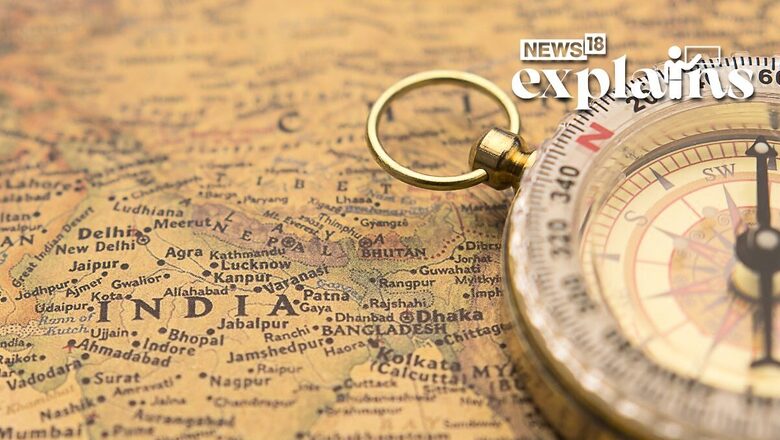
views
The Rashtrapati Bhawan has reportedly sent out the invite for the G20 dinner this weekend in the name of the ‘President of Bharat’ instead of the usual ‘President of India’, in an apparent bid to change the country’s name to ‘Bharat’ in official documents.
Congress leader Jairam Ramesh posted on X that the “Rashtrapati Bhawan sent out an invite for a G20 dinner on September 9 in the name of ‘President of Bharat’ instead of the usual ‘President of India’”.
The move comes amid ongoing controversy after more than two dozen opposition parties formed an alliance called ‘INDIA’. Meanwhile, sources have said that the government is likely to bring a fresh resolution during the Special Session of Parliament to rename India as Bharat.
Amid the development, let’s take a look at the origins of our country’s name ‘India’ and how it came about:
The name ‘India’ has a rich and fascinating etymology that can be traced back to ancient times. Its origins lie in the word ‘Sindhu,’ which originally referred to the mighty Indus River. Throughout history, various civilizations and languages have influenced and shaped the name ‘India’ into what it is today, as per a report by World History Encyclopedia.
The ‘Sindhu’ River and its Sanskrit Origins
The term ‘Sindhu’ finds its earliest mention in the Rig-Veda, one of the oldest extant Indo-European texts composed between 1700-1100 BC. This sacred text was written in the northwestern region of the Indian subcontinent and holds significant cultural and linguistic importance. In the Rig-Veda, ‘Sindhu’ represents the Indus River, which was vital to the development of ancient Indian civilization.
Hindos, Indos, and the Greek Connection
As the cultural and geographical knowledge of ancient India expanded, neighboring Arabs and Iranians encountered the term ‘Sindhu’ and pronounced the ‘s’ sound as ‘h.’ Thus, the land beyond the Indus River came to be known as ‘Hindu’ to these neighboring cultures. The Greeks, who had their own encounters with the Indian subcontinent, adopted the term ‘Hindu’ as ‘Indos’ and pronounced it as ‘Indus.’
India in Byzantine Ethnography and Persian Inscriptions
In Byzantine ethnography, the term ‘India’ (Ἰνδία, Indía) denoted the region situated beyond the Indus River. This usage can be traced back to the writings of Herodotus, who alluded to the “Indian land.” Additionally, the Avestan term ‘Hinduš,’ derived from ‘Indos,’ referred specifically to the Sindh region. This is evidenced by its inclusion as a conquered territory in the Persepolis terrace inscription by Persian emperor Darius I (550-486 BC), as per the report.
The Evolution of the Name ‘India’ in English
The English term ‘India’ itself can be traced back to Latin and its influence on the English language. The name was known in Old English, appearing in King Alfred’s translation of Orosius. However, under the influence of the French language, ‘India’ was replaced by ‘Ynde’ or ‘Inde.’
It wasn’t until the late phase of Early Modern English (the latter half of the 15th century to 1650 AD) that the name ‘India’ resurfaced. This revival could be attributed to the influence of Latin, Spanish, or Portuguese, which reintroduced the term. As a result, ‘India’ appeared in the first edition of the King James Bible and the works of renowned playwright William Shakespeare.
The name ‘India’ has since remained in English usage, representing the vast and diverse land that we know today as the country of India.
In summary, the name ‘India’ is deeply rooted in history and has evolved over time. It originated from the word ‘Sindhu’ in Sanskrit, referred to as ‘Hindos’ or ‘Indos’ by neighboring cultures, and eventually adopted into English as ‘India’ through various linguistic influences. This etymological journey highlights the cultural connections and historical significance associated with the name, encapsulating the rich heritage and diverse tapestry of the Indian subcontinent.




















Comments
0 comment